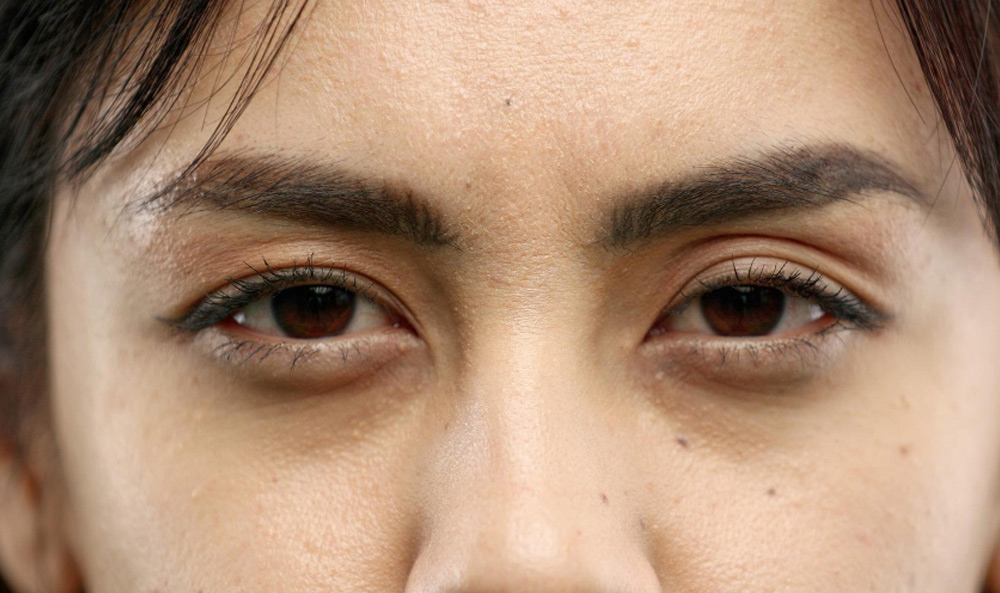Ptosis (Droopy Eyelid)
Ptosis refers to the drooping of the upper eyelid, which can affect one or both eyes. In more severe cases, ptosis can impair vision, particularly when the eyelid droops far enough to cover the pupil. While some individuals are born with the condition (congenital ptosis), others may develop it later in life due to age, trauma, or underlying medical conditions.
If you are experiencing droopy eyelids that affect your appearance or vision, you may be a candidate for ptosis treatment in Singapore.
What Causes Ptosis?
Ptosis can occur due to a variety of reasons, including:
Congenital causes: A weakness or poor development of the eyelid lifting muscle (levator muscle) from birth.
Age-related ptosis: As we age, the levator muscle can stretch or weaken, causing the eyelid to droop.
Neurological or muscular conditions: Conditions such as myasthenia gravis or nerve palsy can contribute to ptosis.
Trauma or eye surgery: Injury or previous eye surgeries may lead to post-operative eyelid drooping.


Symptoms of Ptosis
- Drooping of the upper eyelid
- Eye fatigue or strain, especially towards the end of the day
- Difficulty keeping the eyes open
- Obstructed vision
- A higher eyebrow on the affected side as a compensatory action
- A noticeable asymmetry in appearance
How is Ptosis Diagnosed?
Dr Roy will conduct a thorough eye examination to assess:
- The height of your eyelids
- Strength of the eyelid muscles
- Eye movements and pupil reactions
- Any underlying conditions that may contribute to ptosis
In some cases, further tests may be recommended to rule out neurological or muscular causes.
Treatment Options for Ptosis in Singapore
Non-Surgical Approaches: For mild ptosis that does not interfere with vision or daily function, conservative management may be considered. This could include:
- Observation and regular monitoring
- Eyelid crutches fitted to glasses (less commonly used today)
For patients with moderate to severe ptosis, ptosis correction surgery is often the most effective solution. The goal of surgery is to elevate the upper eyelid to a more functional and symmetrical position.
The procedure involves tightening or reattaching the levator muscle or, in some cases, using a sling to help lift the eyelid. The type of surgery performed depends on the severity of the droop and the underlying muscle strength.
Why Choose Dr Roy for Ptosis Surgery in Singapore?
Dr Roy offers personalised treatment plans tailored to each patient’s anatomy and aesthetic goals. With extensive experience in both functional and cosmetic eyelid procedures, he strives for outcomes that enhance both vision and appearance.

Recovery and Results
After ptosis surgery in Singapore, patients may experience mild swelling and bruising, which typically subside within a couple of weeks. Most individuals can return to work and daily activities within 7 to 10 days. Dr Roy will provide detailed post-operative care instructions and schedule follow-ups to ensure proper healing.
Frequently Asked Questions (FAQs) About Ptosis
What is the difference between ptosis and droopy eyelids due to ageing?
Ptosis is caused by a weakness or detachment of the eyelid muscle (levator), which results in the actual upper eyelid margin dropping lower than usual. Ageing may cause eyelid skin to sag (dermatochalasis), but true ptosis affects the eyelid muscle itself and often requires specific ptosis correction surgery.
What are the risks associated with ptosis surgery?
Like all surgical procedures, ptosis surgery in Singapore carries some risks, including asymmetry, over- or under-correction, dry eyes, infection, and scarring. Choosing an experienced ptosis surgeon in Singapore like Dr Roy helps minimise these risks.
How long does ptosis surgery take?
The surgery typically takes between 30 minutes to an hour per eye, depending on the complexity of the case. It is usually performed as a day procedure under local anaesthesia with light sedation.
What is the recovery time after ptosis treatment?
Most patients return to normal daily activities within a week. Swelling and bruising may last up to two weeks, and final results are usually visible after several weeks once the eyelid has fully healed.
Can children undergo ptosis surgery?
Yes, children with congenital ptosis may require surgical correction, especially if the condition interferes with their vision development. Early intervention may help prevent long-term vision problems such as amblyopia (lazy eye).
Will I need to repeat ptosis surgery in the future?
In some cases, especially if the ptosis is progressive or related to age, a touch-up procedure may be needed years later. However, most patients enjoy long-lasting results from their initial ptosis treatment in Singapore.
Book a Consultation
If you are concerned about drooping eyelids or have been advised to seek ptosis treatment in Singapore, we invite you to book a consultation with Dr Roy. He will assess your condition and discuss the best treatment options for long-term improvement.
Take the first step towards clearer vision and restored confidence.
